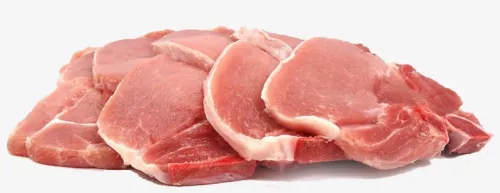The Russian Federation this year can increase the production of pigs (in live weight) up to 6 million tons and update last year's record, according to a study of the pork market, conducted by the National Rating Agency (NRA).
Last year, according to the study, production peaked "in at least the last 30 years" at 5.6 million tonnes (live weight).
According to experts, pig production continues to grow at a faster pace: in the first half of the year in agricultural organizations it increased by 8% compared to the first half of 2021, while poultry production increased by 5%, cattle - by 3%.
According to the study, almost three-quarters of the Russian pork market is controlled by 20 producers, with a quarter of the market accounted for by the top 3 (Miratorg, Sibagro, Velikoluksky Pig Breeding Complex). The NRA admits the possibility of a slight increase in concentration in the next few years, but believes that the market will remain highly competitive.
According to experts, the growing production satisfies the demand for pork, which stabilizes prices. In 2022, the cost of pork remained virtually unchanged. According to the NRA, the situation in the pork market will remain at the current level until the end of the year, which will increase competition with chicken for a place in the consumer basket. It is expected that the average Russian price of pork in retail trade will be 310-320 rubles per kg.
In recent years, the price gap between pork and chicken has been narrowing. According to the NRA, pork occupies about 32% of the conventional meat plate of the average Russian consumer, which is also formed from poultry meat (53%) and beef (15%). In the next few years, the share of pork may rise to 35%.
Experts estimate the financial condition of the industry as stable. Rising costs in the first half of the year had a negative impact on financial results, but the industry will be supported by a trend towards lower prices for feed grains in the second half of the year on the back of a good harvest, as well as preferential lending to livestock enterprises. “Nevertheless, the risks of lower profitability may slow down investment activity in the industry,” experts do not exclude.
Among the medium-term risks for the industry, the study lists epizootics, primarily African swine fever, higher feed prices and reduced state support. The long-term risk remains a reduction in the genetic potential of the industry.
© Inline LLC 2015-2026. Privacy Policy | Terms of Service